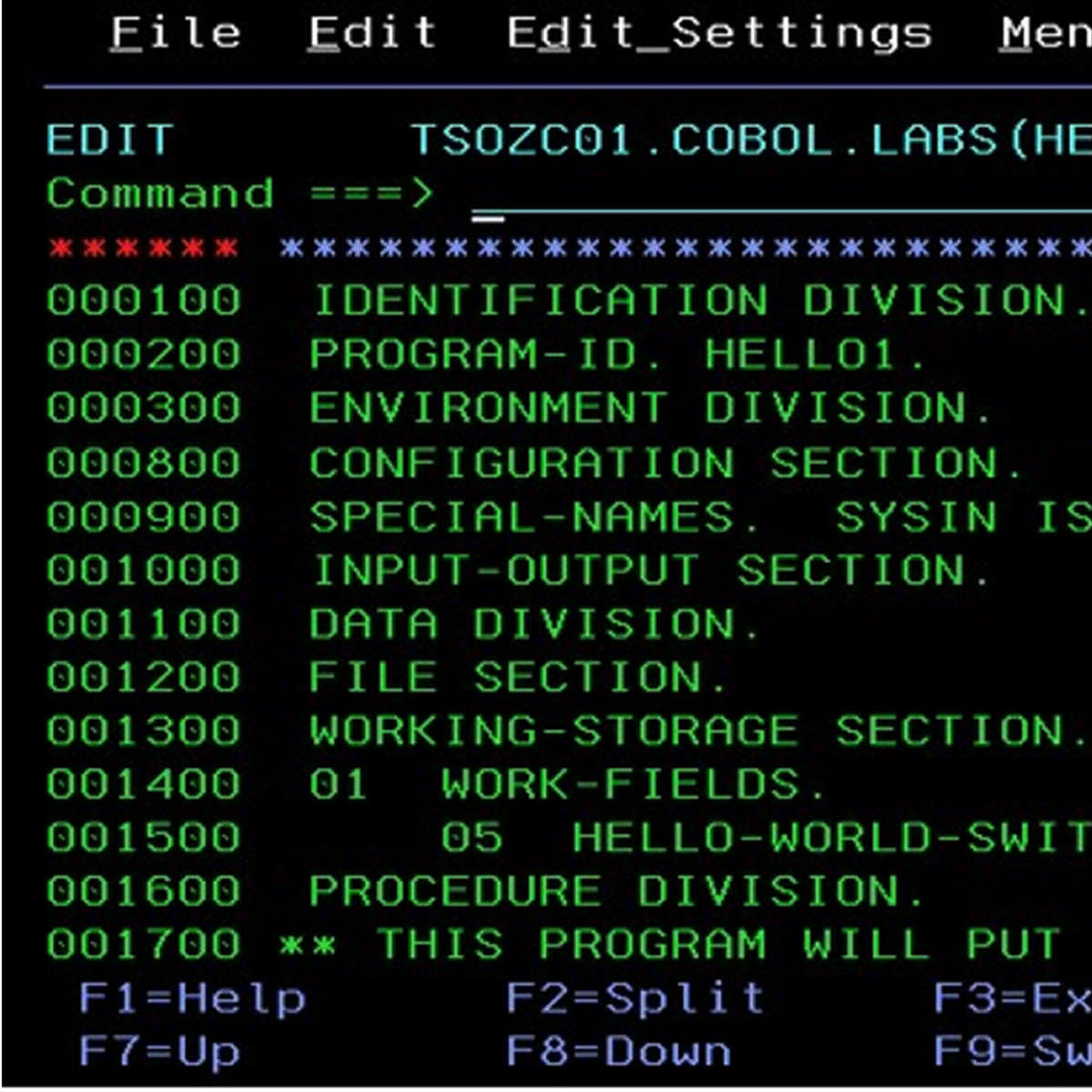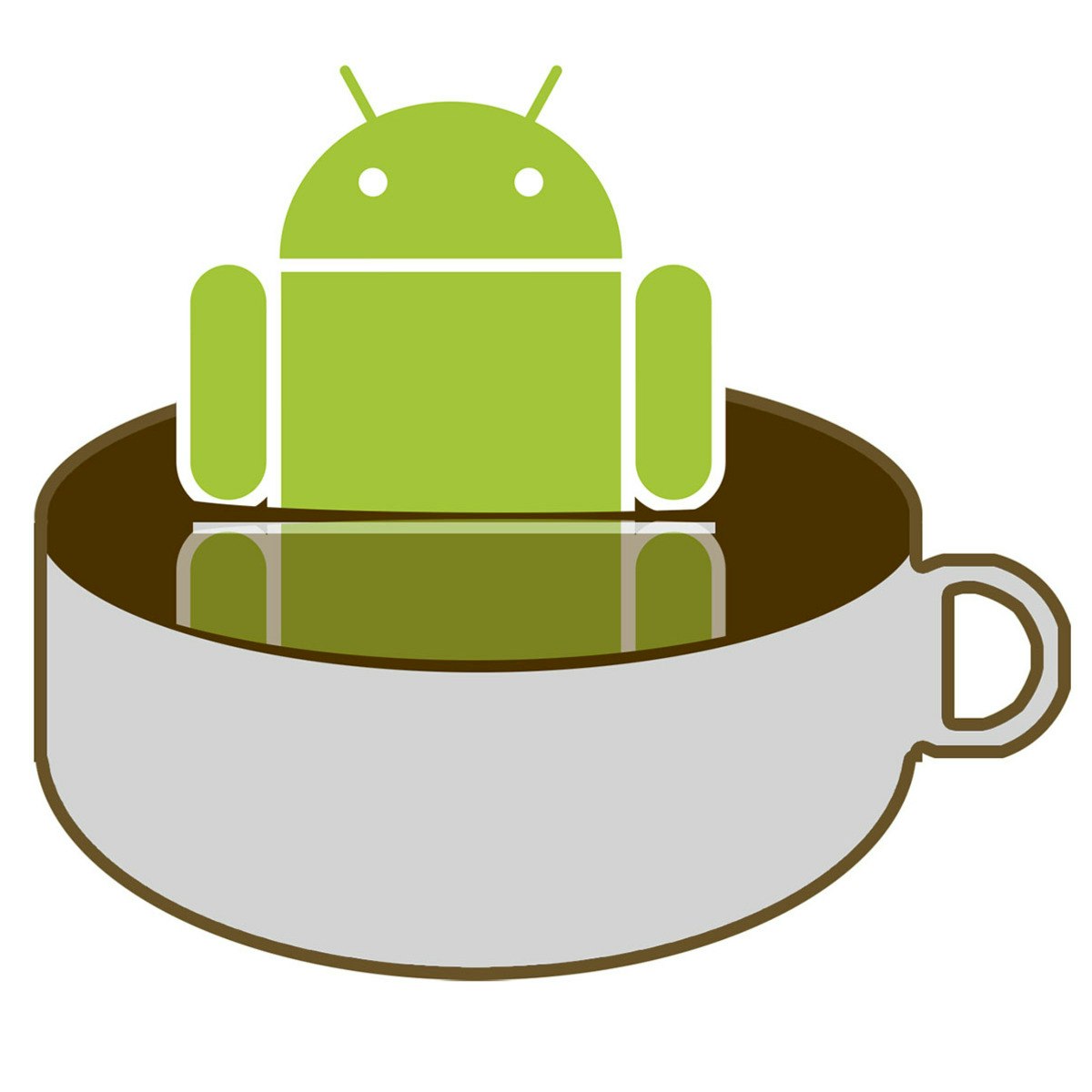Back to Courses









Computer Science Courses - Page 199
Showing results 1981-1990 of 2309

IBM COBOL Basic Testing and Debugging
Welcome to IBM COBOL – Basic Testing and Debugging! By enrolling in this course, you are taking a big step in increasing your knowledge and hands on experience with IBM COBOL testing and debugging topics and technologies. In this course, you will describe common errors associated with working with COBOL. You will list file status codes. You will also describe the process of debugging COBOL code. So let’s get started!

Introduction to Databases for Back-End Development
Back-end developers write applications that end-users use to interact with databases. Some common tasks that end-users carry out using these applications include storing, searching, extracting and manipulating data.
Therefore, it’s essential that all back-end developers possess strong knowledge and experience with how databases work.
In this course, you’ll receive an introduction to databases and explore the different ways in which they can be used to store and manage data. You’ll also learn to distinguish between different types of database management systems. You’ll then practice basic creation and data selection tasks with the use of Structured Query Language (SQL) commands.
By the end of this course, you’ll be able to:
- Demonstrate a working knowledge of the concepts and principles that underpin how databases work
- Identify and explain the different types of core technology and management systems used in
databases
- Identify and interpret basic SQL statements and commands
- Manipulate records in a database with the use of SQL statements and commands
- Outline alternatives to SQL
- and plan and design a simple relational database system
You’ll also gain experience with the following:
- Fundamental concepts in database
- Basic MySQL syntax and commands
- Database management systems
- Relational databases

Communicate UX Research with Empathy Maps in Miro
By the end of this project, you will be able to leverage applied empathy to interpret User Experience research so that it can be effectively communicated within an empathy map visualization.
To do this, you will gain hands-on experience applying design thinking, empathy, and context from User Experience research to create an empathy map in the Miro online visual collaboration platform for teamwork.
Note: This course works best for learners who are based in the North America region. We’re currently working on providing the same experience in other regions.

Computational Thinking for K-12 Educators: Sequences and Loops
How do we give instructions to a computer? Isn't programming hard? Not really! Whether it's giving someone directions to a nearby store or writing out some dance moves we frequently exhibit aspects of computational thinking in our everyday lives!
This class teaches the first key concepts of programming -- sequences of instructions and basic counted repetition of instructions. For each concept, we'll start by helping you connect real-world experiences you are already familiar with to the programming concept you are about to learn. Next, through a cognitively scaffolded process we'll engage you in developing your fluency with problem solving with sequences and repeated instructions in a way that keeps frustration at a minimum.
Along the way you will learn about the common challenges or "bugs" students have with these concepts as well as ways to help them find and fix those concepts. You'll also be guided in running classroom discussions to help students develop deeper understanding of these concepts.
Finally, you'll learn about a recommended pedagogical practice, Pair Programming, and find out why research recommends teaching block-based programming first.

Apply Generative Adversarial Networks (GANs)
In this course, you will:
- Explore the applications of GANs and examine them wrt data augmentation, privacy, and anonymity
- Leverage the image-to-image translation framework and identify applications to modalities beyond images
- Implement Pix2Pix, a paired image-to-image translation GAN, to adapt satellite images into map routes (and vice versa)
- Compare paired image-to-image translation to unpaired image-to-image translation and identify how their key difference necessitates different GAN architectures
- Implement CycleGAN, an unpaired image-to-image translation model, to adapt horses to zebras (and vice versa) with two GANs in one
The DeepLearning.AI Generative Adversarial Networks (GANs) Specialization provides an exciting introduction to image generation with GANs, charting a path from foundational concepts to advanced techniques through an easy-to-understand approach. It also covers social implications, including bias in ML and the ways to detect it, privacy preservation, and more.
Build a comprehensive knowledge base and gain hands-on experience in GANs. Train your own model using PyTorch, use it to create images, and evaluate a variety of advanced GANs.
This Specialization provides an accessible pathway for all levels of learners looking to break into the GANs space or apply GANs to their own projects, even without prior familiarity with advanced math and machine learning research.

Build Your First React Website
In this 1-hour long project-based course, you will gain hands-on experience with one of the hottest web development framework, React. If you have some experience with HTML, CSS, JavaScript and want to start developing with React, this course is for you!
By the end of this course You will understand the fundamental of React and be able to create and build a website with React with ease.

Data Mining Project
Note: You should complete all the other courses in this Specialization before beginning this course.
This six-week long Project course of the Data Mining Specialization will allow you to apply the learned algorithms and techniques for data mining from the previous courses in the Specialization, including Pattern Discovery, Clustering, Text Retrieval, Text Mining, and Visualization, to solve interesting real-world data mining challenges. Specifically, you will work on a restaurant review data set from Yelp and use all the knowledge and skills you’ve learned from the previous courses to mine this data set to discover interesting and useful knowledge. The design of the Project emphasizes: 1) simulating the workflow of a data miner in a real job setting; 2) integrating different mining techniques covered in multiple individual courses; 3) experimenting with different ways to solve a problem to deepen your understanding of techniques; and 4) allowing you to propose and explore your own ideas creatively.
The goal of the Project is to analyze and mine a large Yelp review data set to discover useful knowledge to help people make decisions in dining. The project will include the following outputs:
1. Opinion visualization: explore and visualize the review content to understand what people have said in those reviews.
2. Cuisine map construction: mine the data set to understand the landscape of different types of cuisines and their similarities.
3. Discovery of popular dishes for a cuisine: mine the data set to discover the common/popular dishes of a particular cuisine.
4. Recommendation of restaurants to help people decide where to dine: mine the data set to rank restaurants for a specific dish and predict the hygiene condition of a restaurant.
From the perspective of users, a cuisine map can help them understand what cuisines are there and see the big picture of all kinds of cuisines and their relations. Once they decide what cuisine to try, they would be interested in knowing what the popular dishes of that cuisine are and decide what dishes to have. Finally, they will need to choose a restaurant. Thus, recommending restaurants based on a particular dish would be useful. Moreover, predicting the hygiene condition of a restaurant would also be helpful.
By working on these tasks, you will gain experience with a typical workflow in data mining that includes data preprocessing, data exploration, data analysis, improvement of analysis methods, and presentation of results. You will have an opportunity to combine multiple algorithms from different courses to complete a relatively complicated mining task and experiment with different ways to solve a problem to understand the best way to solve it. We will suggest specific approaches, but you are highly encouraged to explore your own ideas since open exploration is, by design, a goal of the Project.
You are required to submit a brief report for each of the tasks for peer grading. A final consolidated report is also required, which will be peer-graded.

Learn About JSON with JavaScript
If you are relatively new to the world of cloud computing, you might have come across a term JSON and not know what it is exactly. JSON stands for JavaScript Object Notation and is widely used to exchange information between clients and servers. Many No-SQL databases also uses the format to store data. In this 1-hour long project-based course, you will learn about the format and structure of JSON, accept and process JSON in your code, and transmit JSON to other processes.
No prior experience with JSON is required but basic to intermediate HTML and JavaScript is required.

Java for Android
This MOOC teaches you how to program core features and classes from the Java programming language that are used in Android, which is the dominant platform for developing and deploying mobile device apps.
In particular, this MOOC covers key Java programming language features that control the flow of execution through an app (such as Java’s various looping constructs and conditional statements), enable access to structured data (such as Java's built-in arrays and common classes in the Java Collections Framework, such as ArrayList and HashMap), group related operations and data into classes and interfaces (such as Java's primitive and user-defined types, fields, methods, generic parameters, and exceptions), customize the behavior of existing classes via inheritance and polymorphism (such as subclassing and overriding virtual methods). Learners will apply these Java features in the context of core Android components (such as Activities and basic UI elements) by applying common tools (such as Android Studio) needed to develop Java programs and useful Android apps.
Learners will work on several hands-on projects throughout the MOOC, i.e., each week will require learners to write solutions to programming assignments that reinforce the material covered in the lecture videos. There will be roughly 4-6 hours of student engagement time per week, including video lectures, quizzes, and programming assignments.
Computational Thinking with JavaScript 4: Create & Deploy
This is the fourth and final course in the Computational Thinking with JavaScript specialisation. It is an added-value unit and entirely builds on what you will have learned in the first three units and enables you to synthesise and develop that knowledge. The course supports you to develop your own larger application, using a combination of the technologies you have seen already, including HTML, JavaScript and various libraries, while also encouraging you to reach out to incorporate new libraries. You are taken through the software development process step-by-step, with guidance along the way. You have plenty of opportunity to interact with your peers on the course, and to review their work at periodic intervals.
